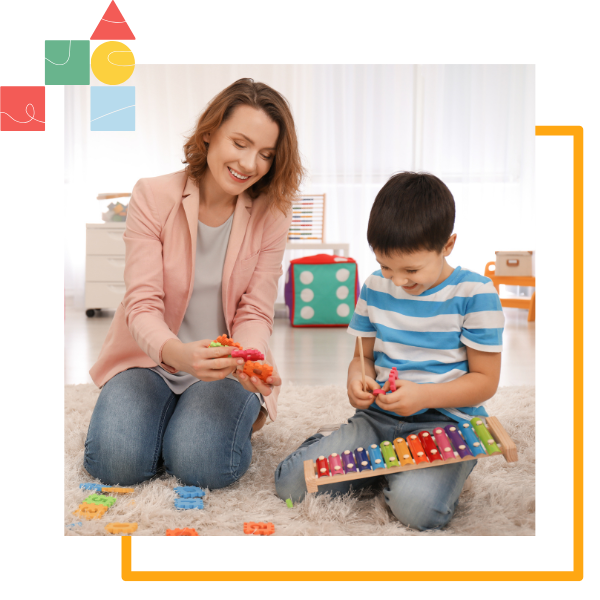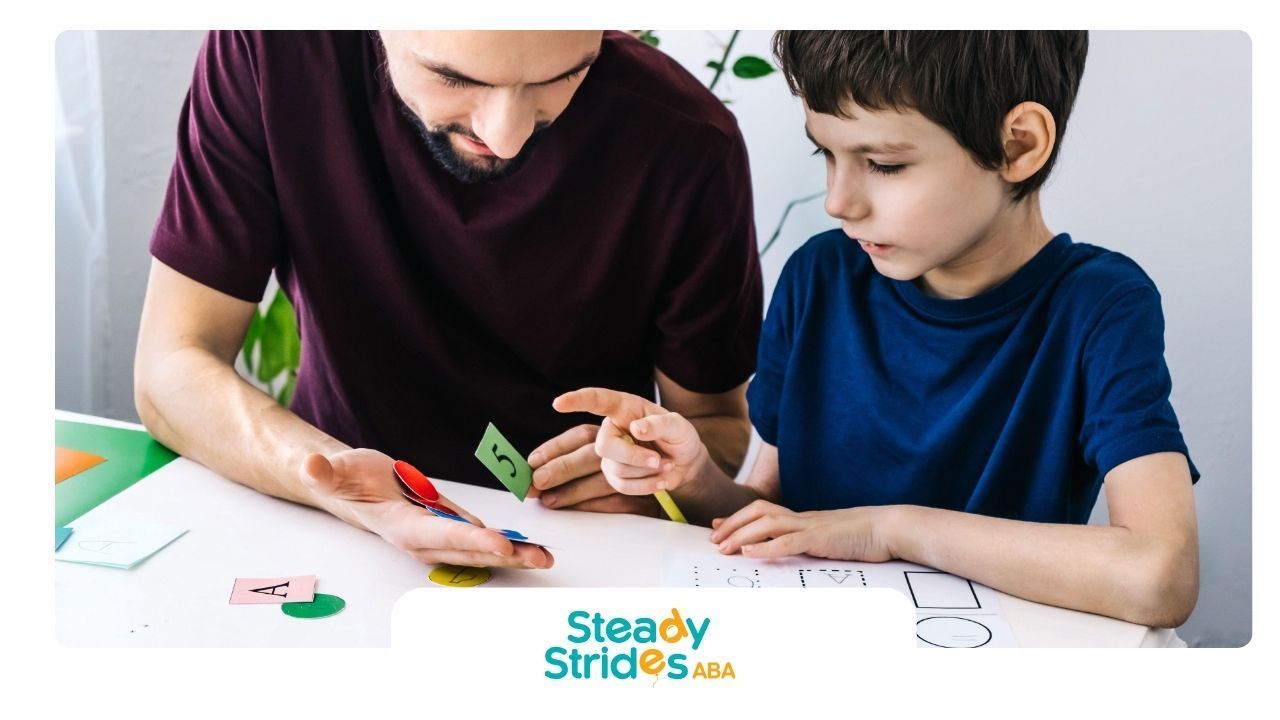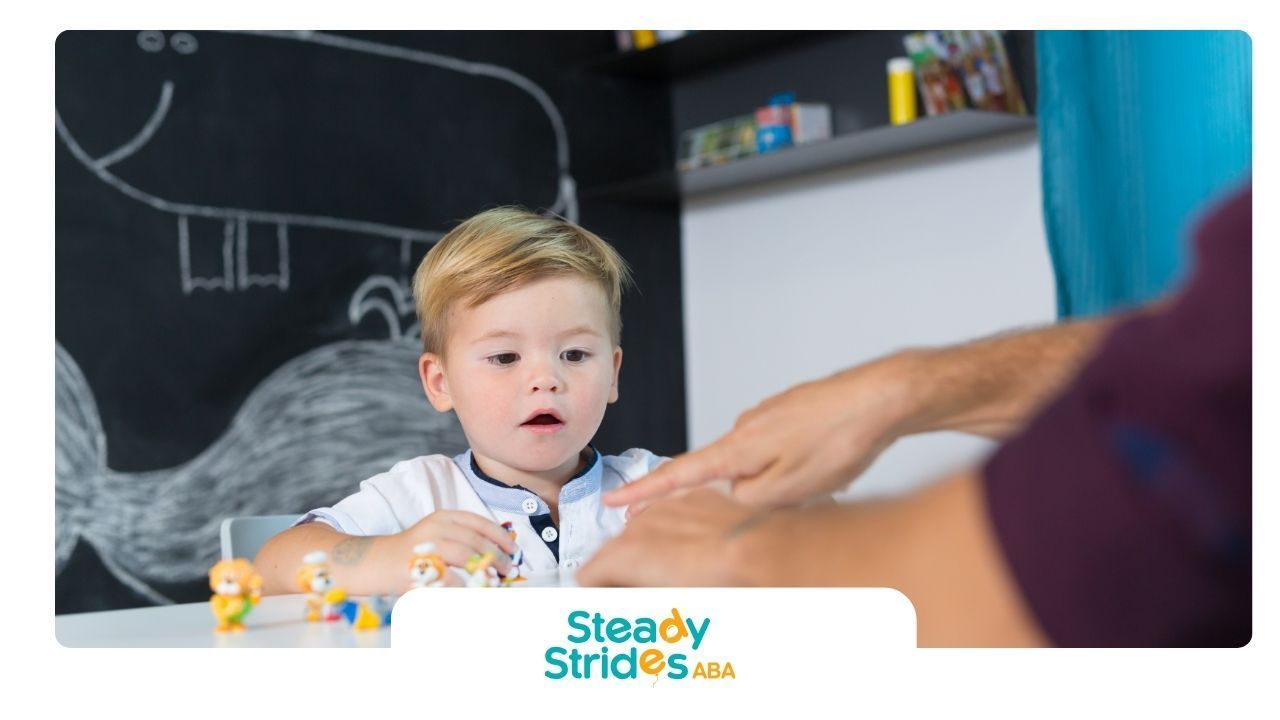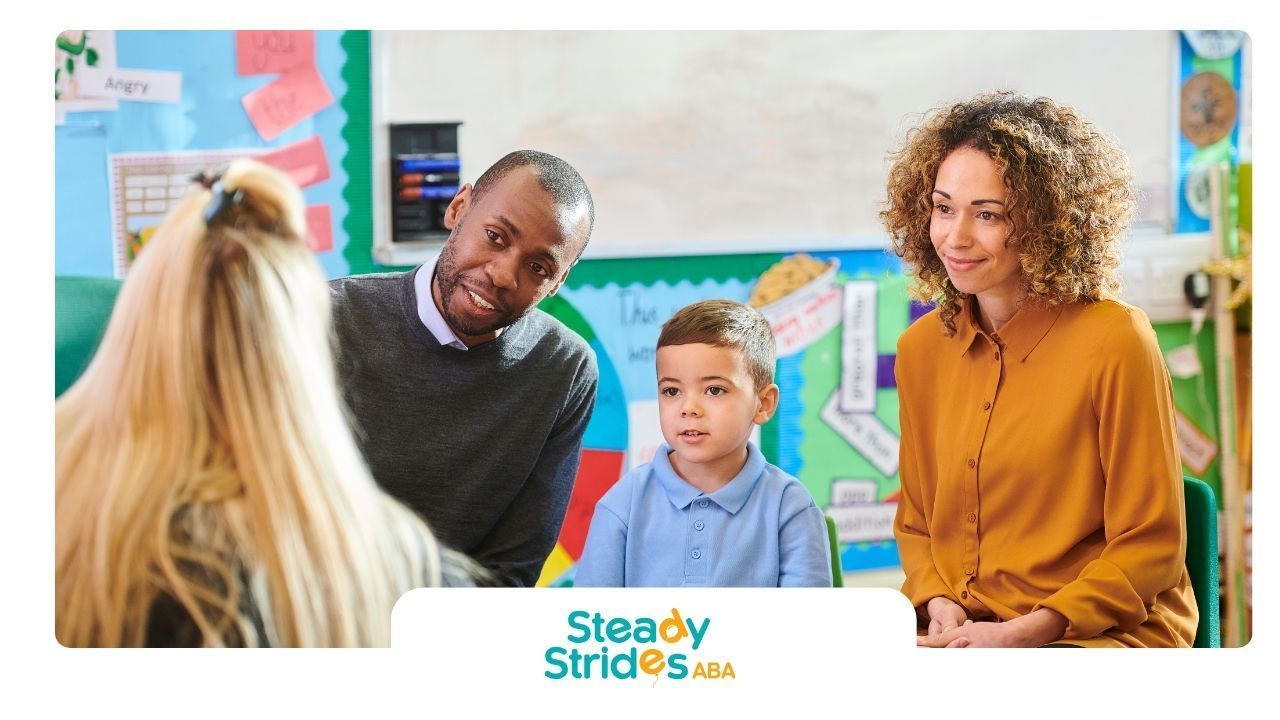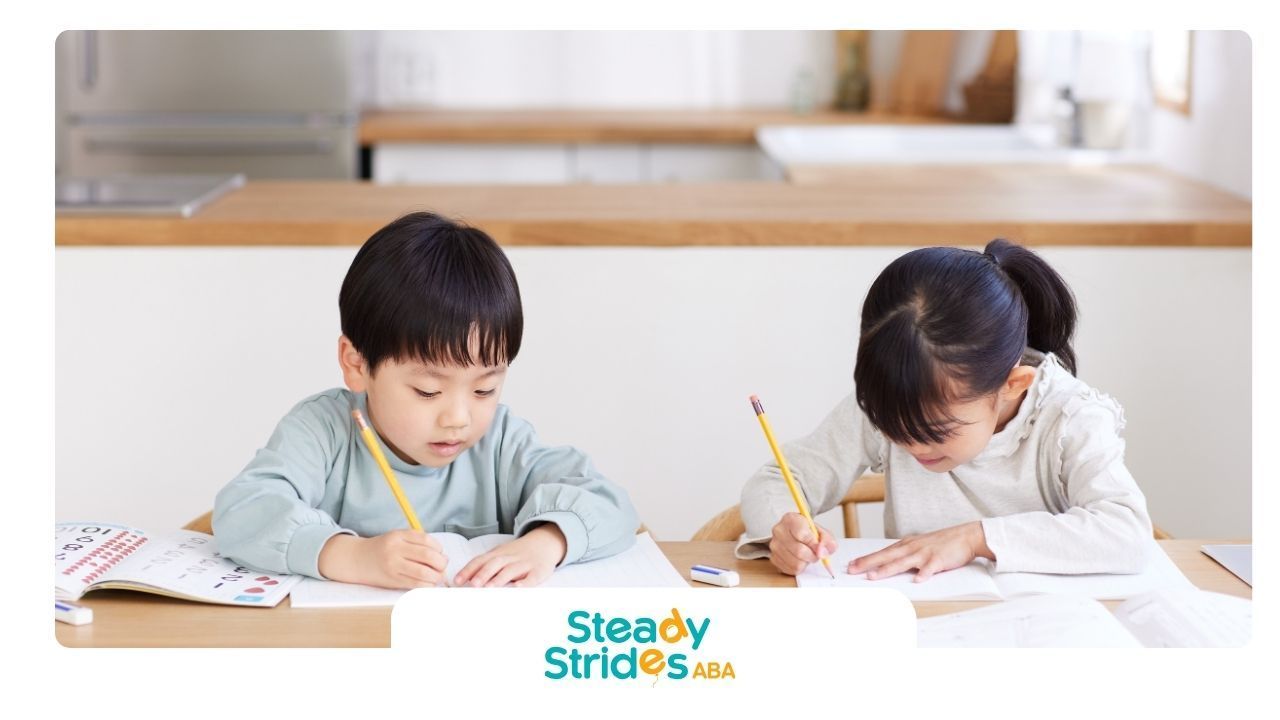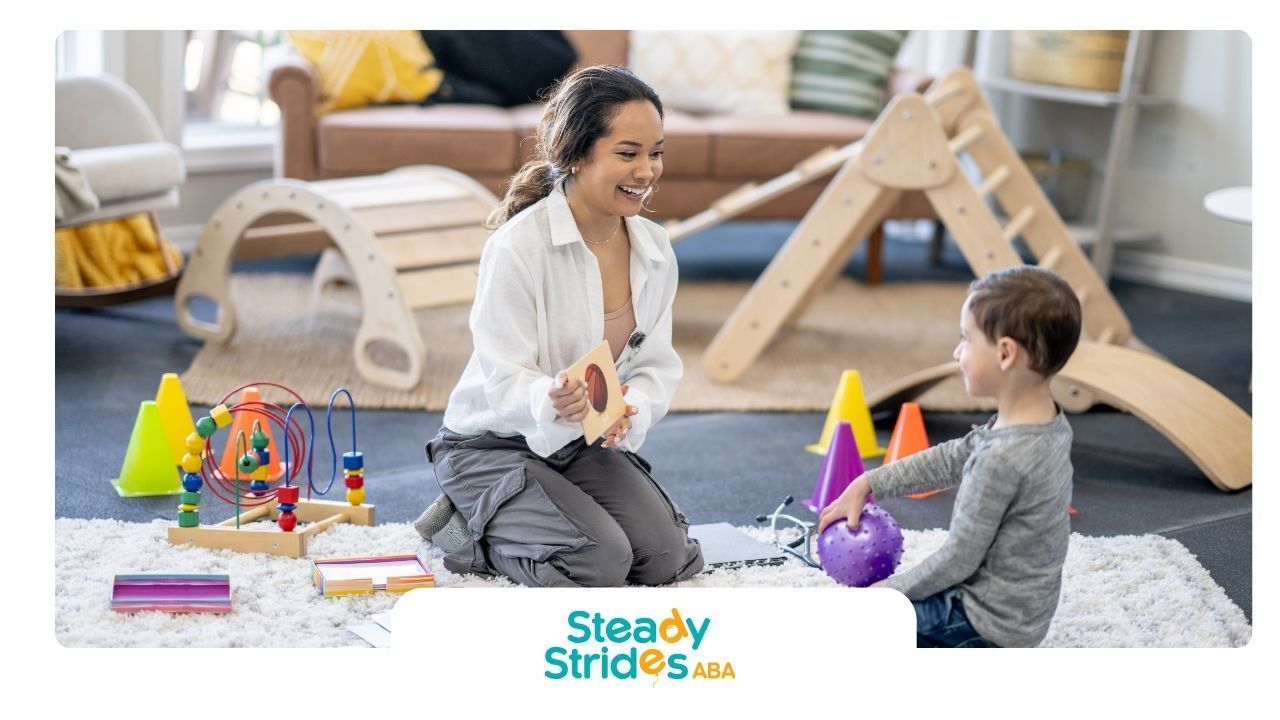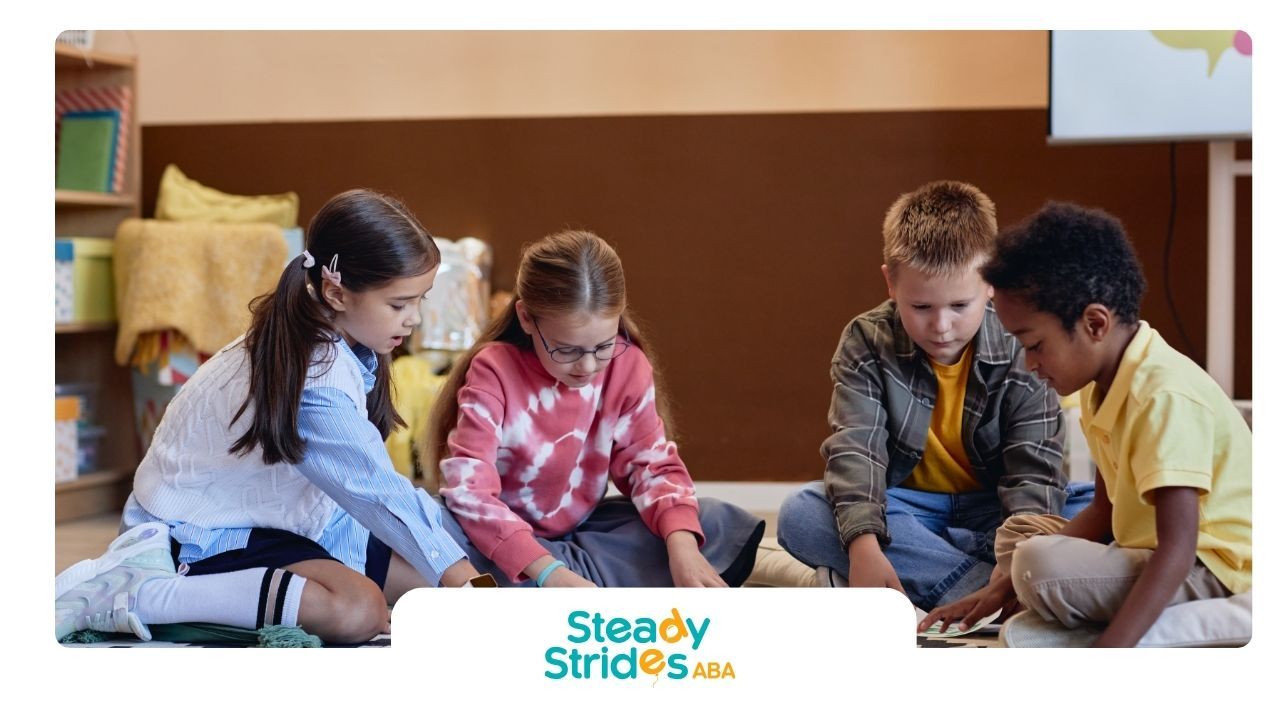Finding fun and effective ways to engage children with autism is a common challenge for parents, caregivers, and therapists. Autism Bingo has emerged as a powerful tool, combining learning and fun to teach critical skills. This game can be adapted to target individual needs, encouraging communication, socialization, and behavior development in an entertaining format.
In this article, we’ll explore the benefits, variations, and steps for creating an Autism Bingo game and discuss how to incorporate it into ABA therapy. If you're looking to promote learning through fun activities, Autism Bingo might be the perfect fit.
What is Autism Bingo?
Autism Bingo is a game modeled after traditional bingo but designed with specific learning goals in mind for children with autism. The game replaces numbers with images, words, or phrases that are tailored to help children develop skills in communication, motor function, and social interaction. The game’s flexibility makes it a great option for both home use and therapy sessions.
Benefits of Autism Bingo
Autism Bingo provides several important benefits for children on the autism spectrum. Let’s explore some of the core advantages:
Encouraging Social Interaction
Many children with autism face challenges in social situations. Autism Bingo helps in creating a structured social environment where they can practice essential skills like turn-taking, listening, and communicating with others. This is crucial for their social development, whether they're playing with family members or in a group setting during therapy sessions.
Practicing Non-Verbal Communication
One variation of Autism Bingo is designed to help children improve their non-verbal communication skills. By using cards with facial expressions, body language, or common emotions, children can learn to interpret and express feelings without the need for words.
Enhancing Visual Learning Skills
Autism Bingo leverages visuals to appeal to children who are visual learners. The game's use of colorful pictures, symbols, or diagrams allows children to better grasp concepts by associating visuals with words or actions.
Visual Discrimination
This game enhances visual discrimination skills, as children learn to differentiate between various images or words on their bingo cards. This skill is particularly important in their cognitive and educational development.
Reinforcing Positive Behavior
Autism Bingo follows the principles of positive reinforcement, a key aspect of ABA therapy. During the game, players are rewarded for participation, following instructions, and interacting with others. These rewards reinforce positive behaviors, helping children develop desirable habits over time.
Instant Feedback
Since bingo provides immediate outcomes (e.g., matching a symbol or winning a round), children receive instant feedback on their performance. This not only keeps them engaged but also allows for real-time reinforcement of learning goals.
How to Play Autism Bingo
Choose the Learning Objective
Before creating the game, it's important to decide which skills you want to target. This can include:
- Language development (e.g., matching words to pictures)
- Behavior management (e.g., reinforcing good listening or waiting)
- Emotional understanding (e.g., identifying feelings)
Create or Customize Bingo Cards
You can create your own bingo cards to align with your child’s unique needs. Bingo cards can be filled with:
- Words: For building vocabulary
- Pictures: For children who respond better to visual stimuli
- Actions: To prompt children to demonstrate certain behaviors or motor skills
There are various online resources and templates available to help you design cards based on the targeted skills. You can even involve your child in creating the cards, making the process more interactive.
Bingo Cards Based on Themes
To maintain engagement, consider creating themed bingo cards. Themes such as animals, emotions, or daily routines can add relevance to the child’s world and learning environment. For example, Emotion Bingo can help children identify emotions through visuals and expressions, while Daily Routine Bingo can be used to teach life skills.
Set Up the Game Environment
Once the bingo cards are ready, find a comfortable environment for the game. Use tokens, chips, or markers for children to cover their cards as they identify the corresponding images or words. Depending on the child’s communication abilities, they can either speak or point to their match.
Implement Reinforcement
As the game progresses, it’s essential to provide positive reinforcement. This could be verbal praise, high-fives, or small rewards such as stickers. Reinforcement helps children associate participation and correct responses with positive outcomes.
Use ABA Techniques
Incorporate ABA techniques such as prompting and fading. For example, you can initially guide the child to the correct match on their bingo card, but gradually reduce assistance as they become more comfortable with the game.
Autism Bingo in ABA Therapy
Autism Bingo aligns with the goals of ABA therapy by offering a structured and systematic way to reinforce key developmental skills. Here are several ways Autism Bingo can complement ABA sessions:
Promoting Communication Skills
Therapists can use Autism Bingo to teach children how to respond to questions, request help, and interact with peers. Language-based Bingo, which requires children to match words with corresponding pictures, is a great tool for expanding vocabulary and encouraging speech.
Building Motor Skills
Motor skills are often a focus in ABA therapy, and Bingo cards can be designed to incorporate activities that enhance these abilities. For instance, cards can include simple actions like clapping, jumping, or touching specific body parts, turning the game into an opportunity to build fine and gross motor skills.
Behavioral Goals and Reinforcement
In ABA, one key component is reinforcing appropriate behaviors. Autism Bingo offers immediate rewards and helps children learn to wait their turn, follow instructions, and engage in structured play, all of which are important behavioral goals.
Variations of Autism Bingo
The beauty of Autism Bingo lies in its adaptability. Here are some creative variations of the game to meet different learning goals:
Emotion Bingo
This variation uses images of different facial expressions to teach children how to identify emotions in themselves and others. Players can match facial expressions to words like “happy,” “sad,” or “angry,” helping children better understand emotional cues.
Action Bingo
In Action Bingo, players perform an action when they match a space on the card, such as clapping hands or jumping. This variation helps children practice following instructions and engages them in physical movement.
Sensory Bingo
Sensory Bingo incorporates items that children can touch or feel, like soft fabric or textured materials. This version of the game supports sensory integration and helps children with sensory processing disorders improve their responses to different textures and sensations.
Conclusion
Autism Bingo is a fantastic, adaptable tool that brings fun and learning together for children on the autism spectrum. Whether you're a parent, caregiver, or therapist, this game can be an essential part of your toolbox in helping kids develop social, communication, and behavioral skills. With customizable themes, positive reinforcement, and endless possibilities for learning, Autism Bingo supports a wide range of ABA therapy goals.
At Steady Strides, we believe in incorporating engaging and effective tools into our center-based and in-home ABA therapy services across Texas. Contact us today!
FAQs
What age group is Autism Bingo suitable for?
Autism Bingo can be tailored to fit various age groups, from toddlers to teenagers. It is adaptable to suit different developmental stages and goals.
Can Autism Bingo be used in therapy sessions?
Yes! Autism Bingo is widely used in ABA therapy sessions to promote social interaction, communication, and behavior development.
Is Autism Bingo effective for non-verbal children?
Yes, Autism Bingo can be highly effective for non-verbal children, especially in versions that focus on non-verbal communication, such as identifying emotions or using visual aids.



